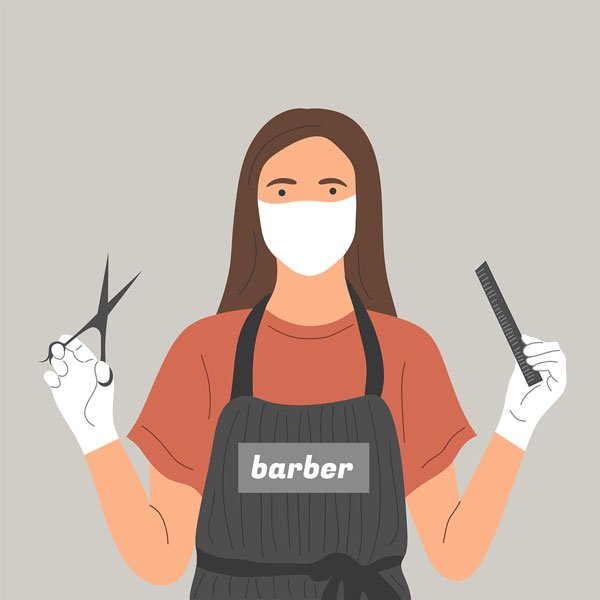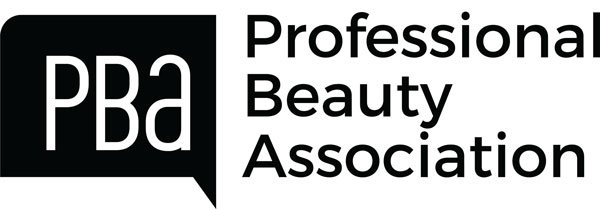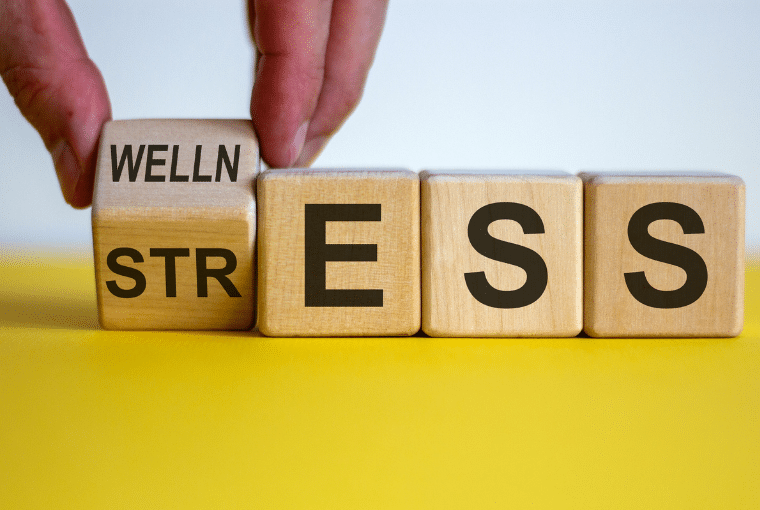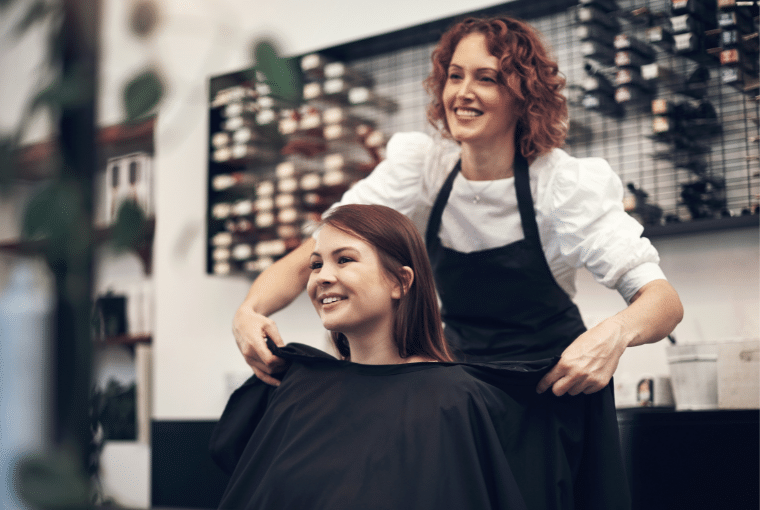Preparing to reopen your salon? Cleanliness remains top of mind for business people and consumers alike. Now that stay-at-home orders are being relaxed or lifted across the country, savvy salon operators are anticipating our new normal and putting cleanliness – and therefore safety – front and center.
Salons have always had to adhere to health and safety practices, and we all have our own best practices for keeping the salon clean, but now is the time for your team to focus on new cleaning practices. Here is some guidance from industry experts which we all should use to prepare to reopen salons and barbershops.
With extensive new cleaning regimens headed for our businesses, it is important to dedicate time to educate your staff on what new procedures they will need to be completing before, during and after their shift. The CDC has made worthwhile content available to employers on how to approach our new reality:
-
- Educate workers performing cleaning, laundry, and trash pick-up to recognize the symptoms of COVID-19.
- Provide instructions on what to do if they develop symptoms within 14 days after their last possible exposure to the virus.
- Develop policies for worker protection and provide training to all cleaning staff on site prior to providing cleaning tasks.
- Training should include when to use PPE, what PPE is necessary, how to properly don (put on), use, and doff (take off) PPE, and how to properly dispose of PPE.
- Ensure workers are trained on the hazards of the cleaning chemicals used in the workplace in accordance with OSHA’s Hazard Communication standard (29 CFR 1910.1200
Protect Yourselves.
The internet is full of suggestions for Personal Protective Equipment (PPE) you need to have on hand to reopen your salon, but the internet isn’t always right. So we wanted to provide the following OSHA standards that may apply to preventing occupational exposure to Covid-19.
Ensure your staff feels safe returning to work by following OSHA’s personal protective Equipment (PPE) standards including making gloves, eye and face protection, and respiratory protection available to your employees. Customers are expected to be wearing facial protective equipment, as the CDC advises the use of simple cloth face coverings to slow the spread of the virus. The Mayo Clinic reminds us that wearing cloth masks do offer some protection if the wearer has the virus, but wearing a cloth face mask must be paired with frequent hand washing and proper removal.

Here are the CDC suggestions regarding PPE and hand hygiene that all of your employees need to be familiar with:
-
-
- Cleaning staff should wear disposable gloves and gowns for all tasks in the cleaning process, including handling trash.
- Gloves and gowns should be compatible with the disinfectant products being used.
- Additional PPE might be required based on the cleaning/disinfectant products being used and whether there is a risk of splash.
- Gloves and gowns should be removed carefully to avoid contamination of the wearer and the surrounding area. Be sure to clean hands after removing gloves.
- If gowns are not available, coveralls, aprons or work uniforms can be worn during cleaning and disinfecting. Reusable (washable) clothing should be laundered afterwards. Clean hands after handling dirty laundry.
- Gloves should be removed after cleaning a room or area occupied by ill persons. Clean hands immediately after gloves are removed.
- Cleaning staff should immediately report breaches in PPE such as a tear in gloves or any other potential exposures to their supervisor.
- Cleaning staff and others should clean hands often, including immediately after removing gloves and after contact with an ill person, by washing hands with soap and water for 20 seconds. If soap and water are not available and hands are not visibly dirty, an alcohol-based hand sanitizer that contains at least 60% alcohol may be used. However, if hands are visibly dirty, always wash hands with soap and water.
- Follow normal preventive actions while at work and home, including cleaning hands and avoiding touching eyes, nose, or mouth with unwashed hands.
-
Additional key times to clean hands include:
-
-
- After blowing one’s nose, coughing, or sneezing.
- After using the restroom.
- Before eating or preparing food.
- After contact with animals or pets.
- Before and after providing routine care for another person who needs assistance such as a child.
-
What is the Industry Saying?
Our friends over at Modern Salon have compiled a thorough and specialized list of 28 safety guidelines to help readers prepare for the return of clients to chairs. These guidelines should assist in better understanding which parts of your salon are going to require increased attention, and your staff’s attention to these guidelines is central to a successful re-opening.
These suggestions are pulled from Georgia’s Safety Guidelines for reopening Barber and Cosmetology Salons, as more states open their economies we should expect similar regulatory guidance from state governments.

The Professional Beauty Association is offering this pre-opening checklist that offers some great advice that was developed in partnership with Leslie Roste, RN, BSN and leading industry infection control specialist.

Barbicide – the first name in sanitation – has partnered with Salon Today to make a Printable Cleaning Checklist available for salons and barbershops. Having a printed checklist posted in a public area of your shop not only serves as a continual reminder to staff, but also assures clients that a concerted effort is being made to protect them. This list includes Barbicide products that comply with safety guidelines, and if you haven’t completed your Barbicide certification, now is probably a really good time to do that.

Once you’ve established you’ve worked out how you and your staff will meet new sanitation protocols for your salon you’ll be ready to open your appointment book for clients. These additional cleaning procedures should be highlighted in your pre-appointment client communications. Make the most of this opportunity and check out our article “How to Prepare your Clients for your Re-Opening” where you will find numerous ways to effectively reach your clients in these uncertain times.



